NEB ambition
The ultimate ambition of the New European Bauhaus is to achieve transformation. To do this, the NEB Compass has identified specific levels of ambition that outline the desired outcomes for each of the NEB values.
The ultimate ambition of the New European Bauhaus is to achieve transformation. To do this, the NEB Compass has identified specific levels of ambition that outline the desired outcomes for each of the NEB values.
These areas refer to the five key domains of intervention that CrAFt's New European Bauhaus Impact Model considers essential for guiding and evaluating complex urban initiatives.
The participation level refers to the degree or extent to which individuals or groups are actively involved or engaged in a particular activity, project, or process. It assesses the depth of their involvement, contributions, and commitment, ranging from minimal or passive participation to active and dedicated participation.
The New European Bauhaus (NEB) aims to promote the values of sustainability, aesthetics, and inclusion in the design and transformation of urban spaces. It emphasises the integration of environmental, social, and economic considerations to create harmonious and innovative living environments.
According to the Smart City Guidance Package, there are seven stages to plan and implement smart city projects. These stages propose a logical and coherent roadmap for city initiatives involving many stakeholders.
Odd Vinje is a seasoned computer engineer and software developer. After completing his master’s degree, Odd spent 3 years in Oslo, where he met his wife, before moving to Bergen and eventually returning to Stavanger a decade ago, where he lives with his family in the house where he grew up.

Odd currently works in the NEB-Star project under the Stavanger municipality. With a rich background in digitalisation in both the private and public sectors, Odd now focuses on a role that combines technological solutions with broader societal impact. This holistic approach is a new and exciting perspective for him, emphasising the importance of people and society alongside digital innovation.
Beyond his professional interests, Odd is passionate about nature. An avid mountain hiker since childhood, he enjoys both winter and summer activities in the mountains. He values nature as a place for leisure and an essential source of culture and sustenance. This perspective has been further reinforced by witnessing the impacts of climate change, highlighting nature’s vulnerability and the urgent need for its preservation.
The NEB-Star project, with its emphasis on environmental concerns and green infrastructure, resonates deeply with Odd’s personal values. This alignment makes his work meaningful, blending his technical expertise with his commitment to societal and environmental well-being.
In his current role at the Stavanger municipality, Odd leverages his digital expertise to develop tools and methods that support environmental sustainability. He is particularly interested in creating solutions that blend the urban environment with natural elements, aiming for a harmonious coexistence of cities and nature.
Odd’s motivation lies in using his technological skills to contribute to preserving nature, ensuring that future generations can enjoy and benefit from it as he has.
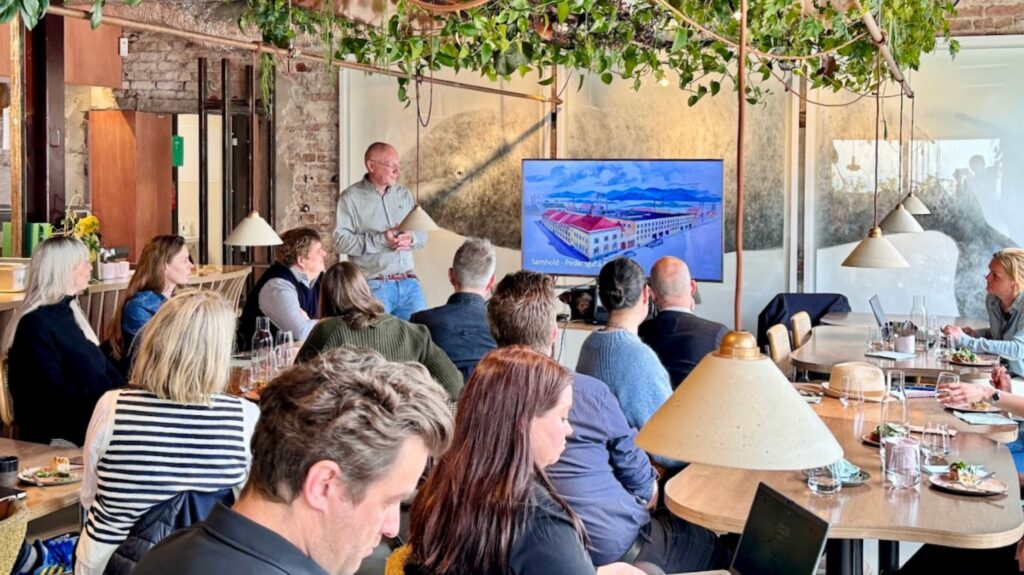
Odd divides his work for the Stavanger municipality between two key projects. He spends 50% of his time on Traffic Sensors, which involves upgrading street light poles with smart sensor technology, and the other 50% on the NEB-Star project.
NEB-Star is a very complex EU project involving 16 international partners. Odd confesses that it took him a couple of months to decipher the EU jargon and get to the bone of the project. But in his own words, NEB-Star is about “developing new collaboration models to address societal challenges collectively”. For Odd, the NEB-Star project aims to bridge the gap between different sectors that traditionally operate independently. The collaborative efforts must involve multiple sectors, including the private, public, academic, and cultural sectors.
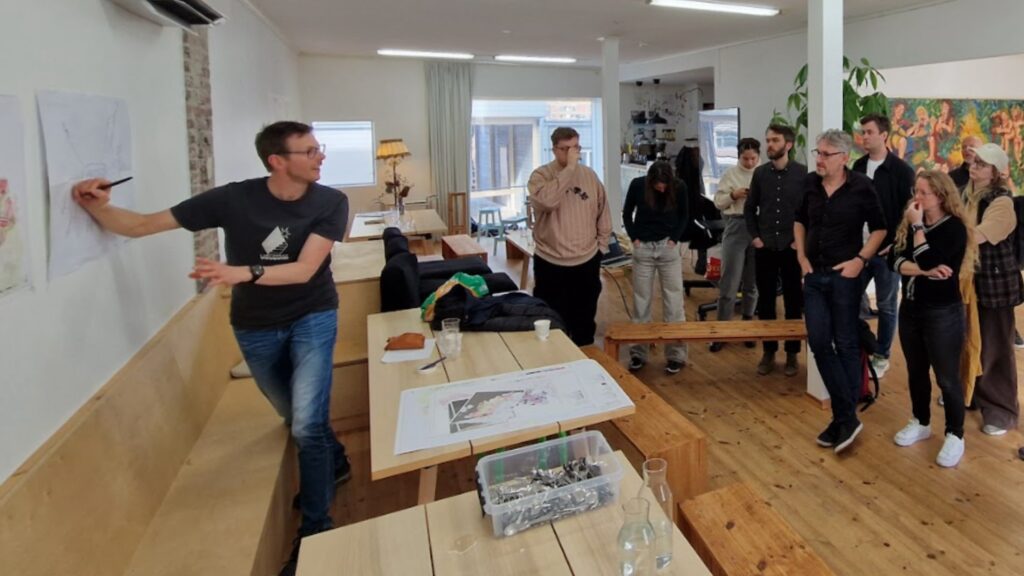
Odd Vinje plays a crucial role in bridging the NEB-Star project with the municipal administration of Stavanger. He actively engages in meetings and discussions with municipal staff at all levels, from operational employees to high-level officials. His aim is to emphasise the importance of sustainability and to offer support in integrating digital solutions for sustainability into their daily operations. He approaches this with a supportive, cooperative attitude, encouraging staff to see him and NEB-Star as a resource for becoming more sustainable in their work.
Odd Vinje is deeply involved in several initiatives under the NEB-Star project. The first we discussed with him was the Barcode project. This project introduces a digital tool and method to the planning departments within the Stavanger municipality. The primary objective is to ensure that urban areas are balanced regarding essential needs, including green spaces, water (blue areas), and overall living conditions.
The barcode tool allows city planners to visualise how well an area meets various requirements. It helps calculate the necessary space for roads, buildings, offices, schools, kindergartens, and other facilities based on the projected number of residents. The goal is to create a balanced environment that supports a good quality of life. This includes ensuring that green structures and other essential elements are adequately integrated into urban development plans.
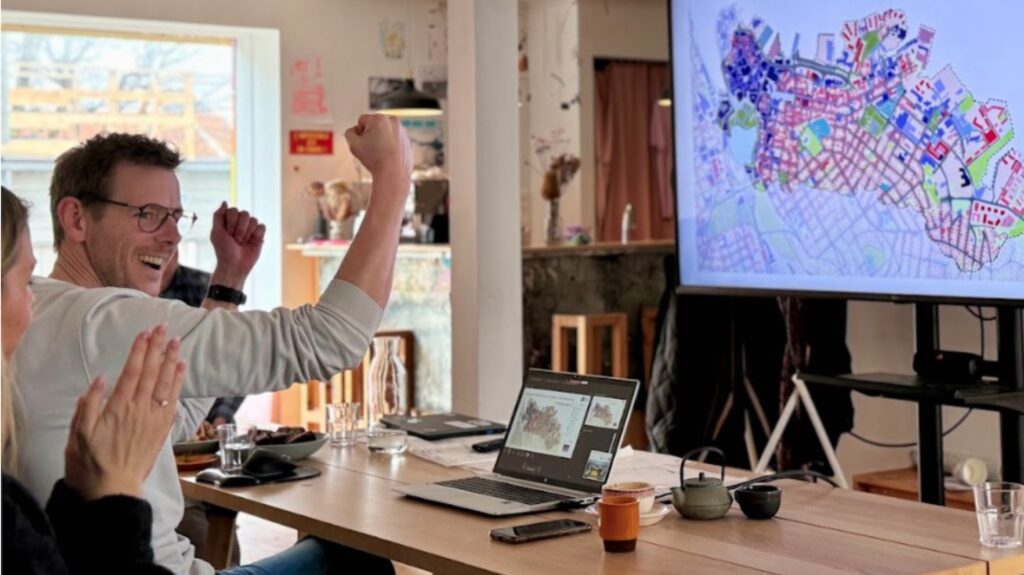
The barcode method incorporates norms and standards to determine the appropriate amount of space needed for different urban components. While some of these norms are negotiable between real estate developers and municipalities, the tool aims to establish more specific and balanced guidelines.
The barcode project also seeks to balance financial interests with social, environmental, and mobility requirements. This comprehensive approach ensures that urban development is not solely driven by economic benefits but includes social well-being, environmental sustainability, and cultural considerations. By integrating these diverse elements, the barcode project aims to create urban spaces where people can lead fulfilling lives, reflecting Odd’s commitment to leveraging his digital expertise for sustainable and holistic urban development.
The second NEB-Star initiative in Stavanger that Odd is working on is the Agile Piloting project. This project aims to foster collaboration between the municipality and startups and small to medium-sized enterprises (SMEs) to enhance sustainability and improve the quality of life for its citizens.
The process begins with a municipal public tender, calling for proposals from startups and SMEs across various sectors. The goal is to develop new services that promote sustainability and enrich the lives of Stavanger’s residents. Due to public procurement rules and local financing, the municipality initially evaluates applications internally, excluding the involvement of the other 15 NEB-Star partners.
From a pool of around 20 applications, the municipality selects five standout proposals based on a comprehensive set of criteria. Once the selections are made public, the broader network of NEB-Star partners is included in the process, facilitating further collaboration and input.
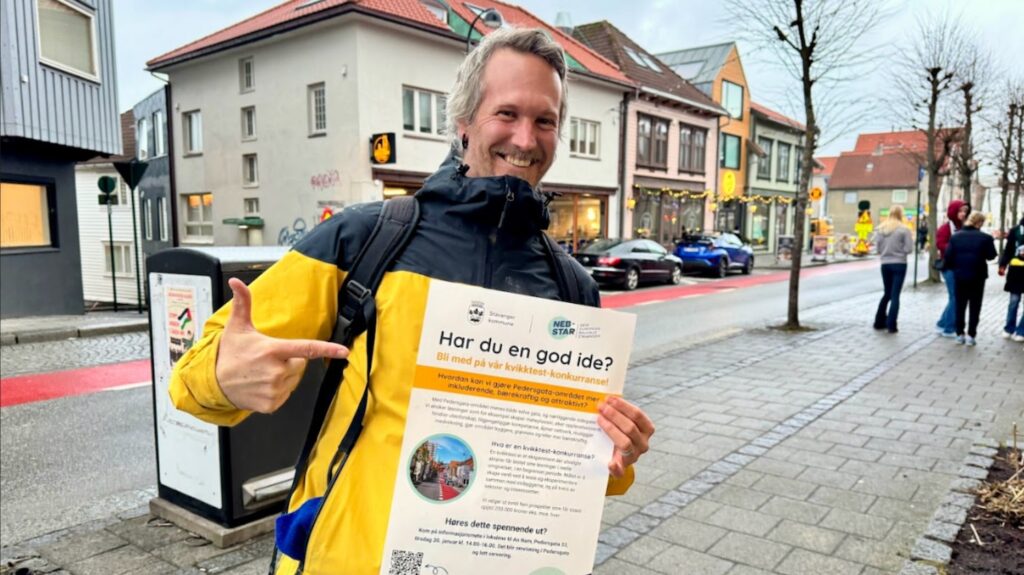
In its 2024 edition, the Agile Piloting call has integrated the three core values of the New European Bauhaus (beautiful, sustainable, together) into its criteria. This ensures that the proposed services drive innovation and align with sustainability goals, reflecting the municipality’s commitment to environmentally conscious development.
The selected companies are invited to a kickoff meeting to begin planning their projects, each slated for a six-month testing period. During this period, the companies report their progress bi-weekly, and regular meetings are held to monitor development and provide feedback.
Despite working on individual projects, companies are encouraged to identify common interests and explore potential collaborations. This approach aims to foster synergy between initiatives, potentially leading to integrated, multifaceted solutions.
Odd oversees the selection process, ensures compliance with procurement rules, and facilitates collaboration among the selected companies. His efforts are crucial in aligning the municipality’s and NEB-Star’s visions for the city.
Each selected project receives up to 250,000 Norwegian kroner (approximately 25,000 euros) to cover testing costs. While modest, this funding is significant for some startups and social businesses, giving them a vital boost to develop and test their ideas. Examples of the projects awarded so far are:
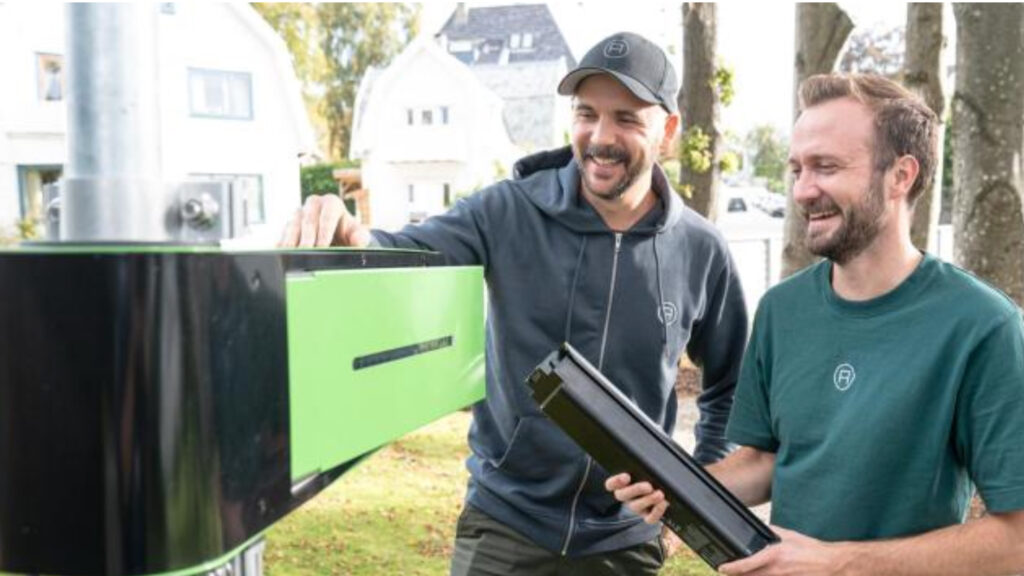
When asked about the main challenges the awarded companies face during their 6-month testing period, Odd doesn’t hesitate to respond that “they are struggling a little bit with recruiting new members to their platforms”. Despite the projects’ innovative nature, gaining citizens’ attention and participation has proven difficult. Introducing a novel solution to a neighbourhood often meets initial resistance or indifference, making it hard to gather the necessary user base for effective testing.
Efforts to reach out and engage the public have included leveraging social media and utilising the communication channels of local businesses and the municipality, such as digital screens, emails, and newsletters.
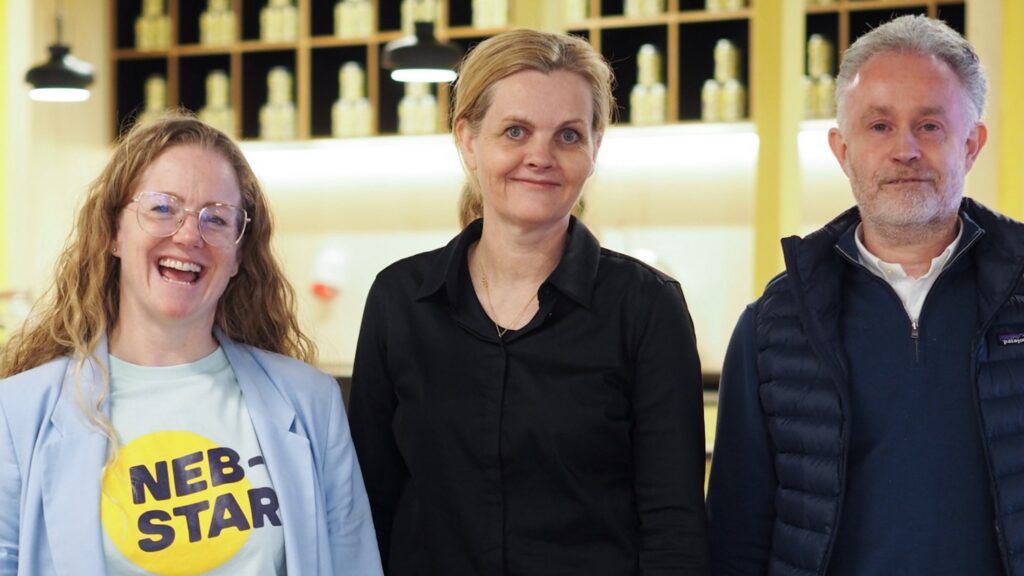
Not surprisingly, Norway’s harsh weather conditions present another significant challenge. The long, dark winters, accompanied by storms, reduce outdoor activity and limit the usage of solutions like e-bikes or public outdoor installations. “People are not taking bicycles or e-bikes so much in the wintertime,” noted Odd, highlighting how seasonal variations impact user interaction with these projects.
To mitigate this, the test period for some projects has been extended to include the spring and summer months, allowing more comprehensive evaluation under favourable weather conditions.
Odd shared with us some of the lessons he has learnt from his involvement in NEB-Star. In his opinion, the most important one is the tremendous motivation, energy, and positive values that emerge when the municipality opens up urban development innovation processes for companies and citizens to improve the inhabitants’ quality of life. “We must work together because we have the same goals”, Odd says.
While the project has yet to complete comprehensive metrics, it is designed to include mid-term and end-term reports from the startups involved. These reports will evaluate achievements and impacts. Odd noted, “We need to test, we need to fail, we need to go out of this game with value to create even better services in the future.” Odd sees this iterative process of testing and refining as crucial for long-term success.
In closing our conversation, Odd mentioned that he envisions NEB-Star transforming municipal processes by fostering greater openness and collaboration. He hopes that the municipality will recognise the value of integrating ideas and energy from within its administration and external companies and citizens. “If we can open the processes, work together, and be open, I hope that will bring us forward,” he concluded.
Written by Jose Rodriguez
Photos by Siri Jeanette Pedersen, Stavanger Municipality